Invented by Gregory Couch, James Couch, Bayer Inc, Bayer Healthcare LLC
The need for such systems has arisen due to the increasing use of imaging scans in medical diagnosis and treatment. While these scans provide valuable information about a patient’s condition, they also expose them to ionizing radiation, which can have harmful effects on their health. Therefore, it is essential to monitor and control the amount of radiation exposure during these procedures.
Dose estimation systems are designed to do just that. They use advanced algorithms and mathematical models to estimate the amount of radiation a patient is exposed to during an imaging scan. This information can then be used to optimize the imaging protocol, reduce unnecessary radiation exposure, and ensure patient safety.
The market for these systems is driven by several factors. Firstly, there is a growing awareness among healthcare providers and patients about the risks associated with radiation exposure during imaging scans. This has led to increased demand for dose estimation systems that can provide accurate and reliable information about radiation exposure.
Secondly, there is a need for standardized dose estimation protocols across multiple imaging scan providers. This is particularly important in cases where patients undergo imaging scans at different facilities or with different providers. Standardized protocols can ensure consistency in dose estimation and reduce the risk of overexposure to radiation.
Finally, advancements in technology have made it possible to develop more sophisticated dose estimation systems that can provide real-time feedback during imaging scans. This can help healthcare providers adjust the imaging protocol in real-time to minimize radiation exposure and ensure patient safety.
Overall, the market for dose estimation systems designed to support multiple computerized imaging scan providers is expected to grow significantly in the coming years. As healthcare providers continue to prioritize patient safety and reduce unnecessary radiation exposure, these systems will play an increasingly important role in optimizing imaging protocols and ensuring patient safety.
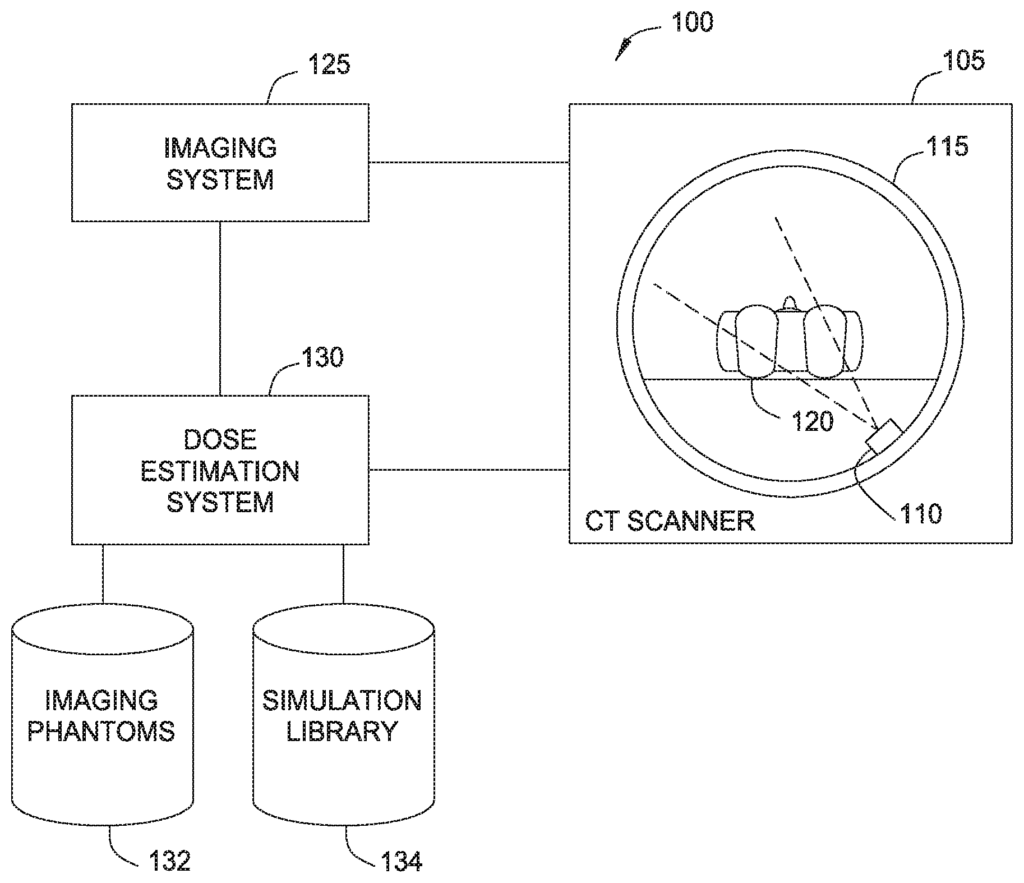
The Bayer Inc, Bayer Healthcare LLC invention works as follows
Techniques for estimating radiation exposure of patients during computerized tomography scans (CT) are disclosed. The invention provides efficient methods for creating a patient model that can be used to estimate radiation exposure. It also includes approaches to interpolating multiple simulation results to calculate patient doses. Additionally, it allows a service provider the ability to offer a dose estimation service to multiple CT scanner providers.
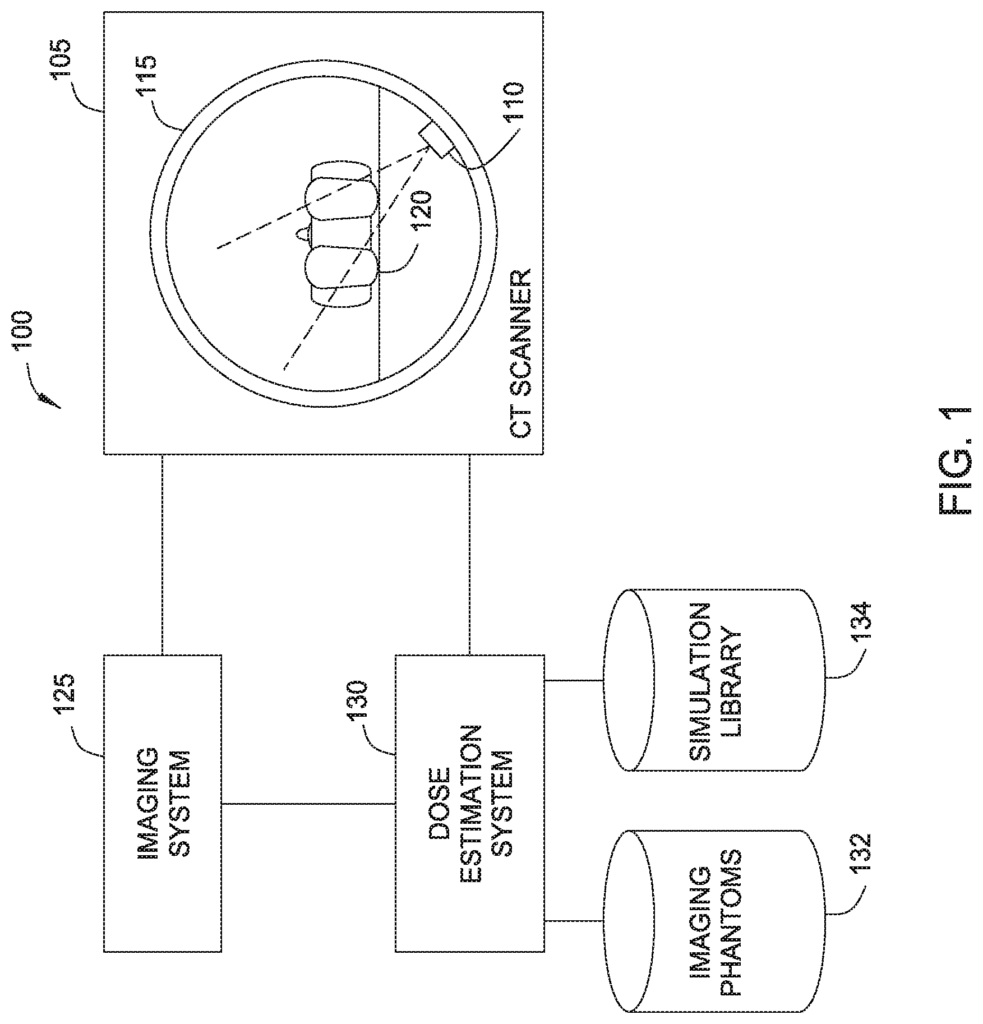
Background for Dose estimation system designed to support multiple computerized imaging scan providers
A CT scanning system uses ionizing radiation to create images of organs and tissues within the body. A computer screen can display images created from X-ray data from a CT scan. The CT scan data can be used to create a 3D volume that corresponds to the portion of the patient’s body. To create images of tissue, the 3D volume can be sliced along an axis. These slices can include transverse and lateral slices, depending on the tissue or structures being imaged.
CT scans and ionizing radiation have been used for medical imaging in an exponentially growing way over the last decade. Modern techniques like CT scanning offer more valuable and detailed diagnostic information than traditional X-ray imaging. Patients are also being exposed to significantly higher doses of radiation. A typical chest CT can expose a patient anywhere from 100 to 250 times the radiation dose of a traditional chest X-Ray. This depends on the CT scanning protocol, the voltage and current used, and the patient’s size and shape.
Despite increased CT scans (and the resulting radiation exposure), the radiation dose a patient receives during a procedure and, importantly, the cumulative dose over multiple procedures are not parameters that are routinely tracked. These parameters are also not easily accessible parts of a patient’s medical records. This is due to the fact that radiation absorbed in tissues and internal organs cannot be directly measured in patients. Additionally, results from cadavers are not as accurate as those obtained in live patients.
Similarly, current methods for estimating dose also give inaccurate results. One approach is to use a small number of physical imaging models to accurately represent a patient. The available imaging phantoms are not adequate to represent the wide range of people’s sizes and weights in the population receiving CT scans. Single point surface measurements are used in most cases of dose estimation. This can lead to poor or wide-ranging results depending on the location of the single dose measurement. Surface measurements of radiation exposure are not accurate measures of absorption for internal tissues, organs and structures.
Embodiments are techniques that allow for the estimation of patient radiation exposure during computerizedtomography (CT). One embodiment proposes a computer-implemented way to provide multiple medical imaging providers with estimates about radiation dose absorbed. The method could include receiving from one of the medical image providers a request to estimate radiation dose that an individual has absorbed while receiving an imaging scan. The request includes an identification of an imaging phantom and a transformation to deform it. It also contains a description of the imaging scan and the image scanning apparatus used to complete the scan. The method could also include deforming an imaging phantom using the transformation and evaluating multiple dose estimation simulations to estimate radiation dose absorption. After evaluating the simulations, it is determined that the simulations match the parameters of the received scan. The simulations are then interpolated to calculate the radiation dose absorbed by each individual. This may include returning to the medical imaging provider the interpolated estimate patient dose.
In one embodiment, the imaging scan uses computerized tomography scans and interpolation is multivariate scatter interpolation. If the plurality does not contain at least two simulations that match the received set parameters and received imagingphantom within the specified tolerance, then the method may also include performing an imaging scan using the deformed scanning phantom and set of parameters. The simulation will estimate the radiation absorbed by the individual in the process of performing the imaging scan and add the performed simulations to the plurality dose estimation simulations.
Additional embodiments include computer-readable storage media that stores an application. When executed on a CPU, the application performs the above-recited method. A system with a processor and a memory that stores an enterprise information asset management program executes the processor to perform the above-recited method.
The invention’s embodiments are directed at methods for estimating radiation exposure to patients during computerized tomography scans (CT). The invention provides efficient methods for creating a patient model that can be used to estimate radiation exposure. It also offers approaches to interpolating multiple simulation results to calculate patient dose. Additionally, it allows a service provider the ability to offer a dose estimation service to multiple CT scanner providers. The dose management system, as described below, provides a single system to track radiation dose across different modalities and present practitioners with information in a clear and understandable format. The routine consideration of cumulative dose when ordering diagnostic imaging tests could lead to better decision-making and ultimately, patient safety and care.
One embodiment generates a virtual imaging model to represent a patient who has undergone a CT scan. A mathematical phantom can be used to generate a virtual imaging phantom that better matches the size, shape, or organ position of a CT scan patient. A patient’s age and gender may be used to select a mathematical phantom. You can create patient-specific geometry by deforming the chosen mathematical phantom by using transformations obtained from analyzing scout images localizers for that patient. A?localizer’ is a term that can be understood by anyone with ordinary skill in the arts in this context. A 2D image projection of a patient is usually referred to (typically an anterior/posterior and/or lateral Xray image). The selected mathematical phantom might have its own set of reference images. Reference images are chosen to match the geometry, size, and position of a virtual phantom (e.g. arms up or sideways) and can be taken from multiple sources.
Image registration techniques are used to map points on the localizer image of a patient to points on the reference image (or images) associated to the virtual phantom. This results in a series of transformations that can then be used to modify the virtual phantom so it matches the patient’s geometry. Another approach is to use a reference set (3D data) (selected CT scans for the phantom) and to map points from a CT scan of a patient to points in reference CT scanners associated with a phantom.
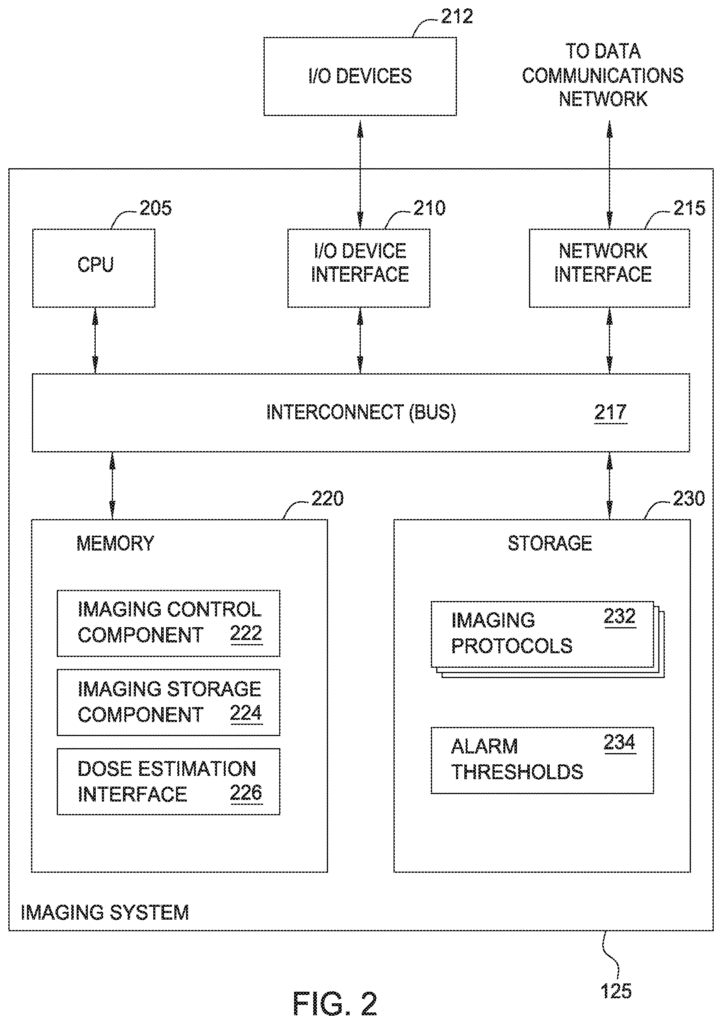
Image segmentation can also be used to identify 3D volumes within CT scans that correspond to organs, tissues or structures of interest. A bounding box or a more specific 3D volume that may represent an organ could be the 3D volume. Once the organ is identified, it can be used to determine a displacement between the CT scan of the patient and the CT scan of the patient. Instead of focusing on individual image points as in 2D/3D image registration techniques, the image segmentation approach uses larger 3D volumes from CT images as data points to determine the transformation between a virtual patient and the virtual phantom.
The resulting hybrid phantom is a more precise mathematical representation of a patient than the original unmodified phantoms. After the transformations have been determined, the hybrid virtual Phantom can be used to simulate the CT procedure for the patient. Monte Carlo simulation techniques are well-known for estimating the organ absorbed dose of a virtual Phantom. These simulation techniques employ the virtual phantom, which is a patient’s transformation relative to the CT scanner model. They also include a variety of settings that can be used to determine the organ absorbed dose. A CT scanner can be modelled using kVp. This is the peak kilovoltage and X-ray generator target angle and fan angle. Slice thickness, focus distance, beam shaping filters (material, geometry), and flat filters (material, thickness). These (and other parameters), may be changed as necessary to meet the specific needs of an individual case.
However, the Monte Carlo simulation used to estimate organ absorbed dose can take a significant amount of computing time. This is much more than what is required for a CT scan. This is because CT scanning systems are used at many imaging centers. In cases where the total cumulative dose should not exceed a predetermined maximum, it can be difficult to estimate. Even if the estimate isn’t used before a particular procedure, it’s impossible to keep a record about dose estimations for any given scanning system. The simulations will fall further behind the actual scans. A SaaS provider hosting a cloud-based dose estimation service for multiple imaging facilities will find this problem exponentially more difficult.
Accordingly, one embodiment allows for the generation of estimates of patient doses determined for a procedure by interpolating from two or more previously completed simulations. If no ?close? If there are no?close? simulations, the hybrid virtual Phantom, CT scanner, and procedure data can be added to a queue for full Monte Carlo simulations. As procedures are pre-scheduled and performed, the large number of simulations will allow for dose estimates to be made in real time. This allows for cumulative dose amounts to be recorded for each patient, and also allows for the observation of cumulative dose limits.
Further, in one embodiment, a Software as a service or cloud provider model (SaaS) may be used to compute the dose estimates, run Monte Carlo simulations, and maintain a library. A CT scan provider might supply the SaaS provider the parameters for a particular CT procedure. Client software, or even a secure portal on the internet, may be used by an imaging center to provide a select virtual phantom and transforms to create a hybrid model of a specific individual. Once the simulations have been received, the service provider can choose the simulations that are most appropriate to interpolate the dose and send it back to the imaging centre.
Importantly, the SaaS provider does not need to receive any identifying information about an individual or patient who has undergone a CT scan. The SaaS provider only receives information about a virtual phantom or a CT procedure. The service provider’s operations may not be subject to a range of laws or regulations regarding privacy and personal health information. The simulation library that is generated from scans performed by one imaging center can be made more diverse by including dose estimates. This makes it more likely that candidates will be found for interpolation. Furthermore, the centralization of the simulation library and Monte Carlo simulators allows for improvements to the phantoms and a Monte Carlo engine and interpolation techniques that can be shared among all imagining centres using the cloud-based service. This approach allows the imaging center to keep information that ties cumulative dose to specific patients. Actual patient data can remain with each provider. The SaaS provider can communicate with imaging centers using a variety standardized protocols for image and information exchange. These include digital Imaging and Communications in Medicine, Picture Archiving and Communication Systems, Health Level Seven International (HL7) standards and ICD-9, ICD-10 diagnosis and procedures codes.
Also, the following description refers to embodiments of invention. It should be noted that the invention does not limit itself to the described embodiments. Any combination of these features and elements can be used to implement and practice this invention, regardless of whether they are related to different embodiments. Although embodiments may have advantages over other solutions or over the prior art, the invention is not limited by the fact that a particular embodiment achieves a particular advantage. The following features, advantages, and aspects are only examples and should not be considered elements or limitations of any claims. The same applies to references to “the invention”. “The invention” shall not be taken to mean a generalization or limitation of any inventive subject matter disclosed herein.
As one skilled in the art will see, the invention can be expressed as a method, system or product. Aspects of the present invention can be embodied in a completely hardware embodiment or an entirely software embodiment (including firmware and resident software, etc.). Or an embodiment that combines software and hardware aspects, which may all be referred to as a “circuit” ?module? ?module? oder?system? Aspects of the invention can also be embodied in a computer program product that is stored on one or more computer-readable mediums with computer-readable program code.
Any combination of any one or more computer-readable medium(s), may be used. A computer readable medium can be either a computer-readable signal medium, or a computer-readable storage medium. Computer readable storage media may include, but are not limited to, electronic, magnetic or optical, electromagnetic, flash memory, or any combination thereof. A computer readable storage medium may also include an electrical connection with one or more wires. A computer readable storage medium can be any tangible medium that contains, or stores, a program to be used by, or in connection, with an instruction execution device, apparatus, or system.
The block diagrams and flowcharts in Figures show the architecture, functionality, and operation of various implementations of systems and methods according to the invention. Each block in the block diagrams or flowcharts could be a block, segment, or section of code that contains one or more executable instructions to implement the specified logical function. Alternate implementations may have the functions not listed in the figures. Depending on the functionality, it is possible to execute two blocks in succession, or they may be executed in reverse order. Every block in the flowchart illustrations and/or block diagrams can be executed by special-purpose hardware-based system that performs the specified functions and acts or combination of special purpose hardware with computer instructions.
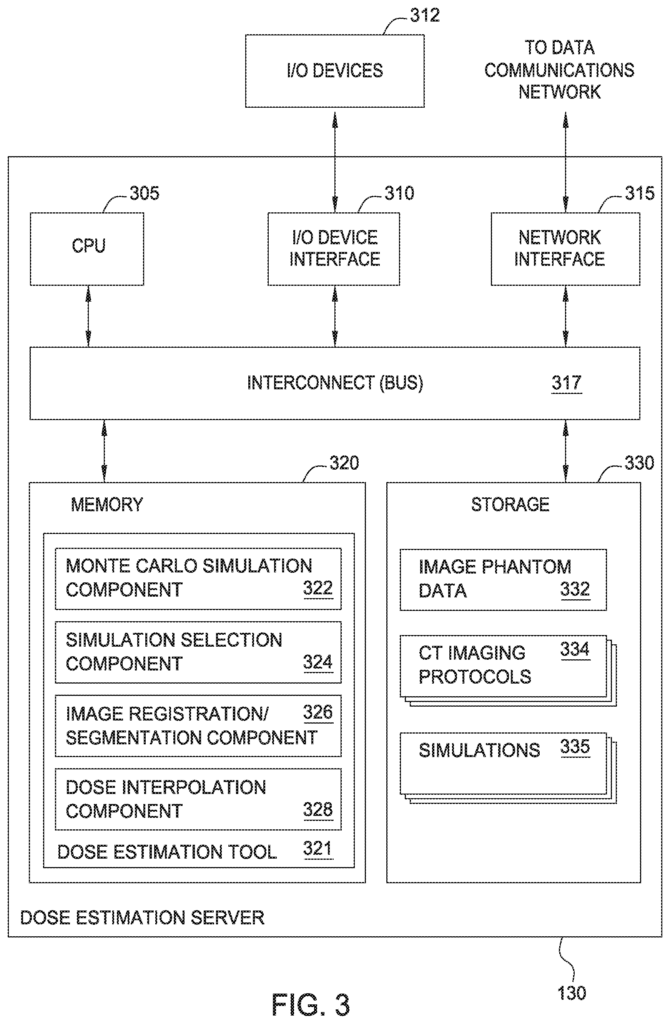
End users may have access to the invention’s embedded software via a cloud computing infrastructure. Cloud computing is the provision of scalable computing resources over a network. Cloud computing can also be described as a computing capability that abstracts the computing resource from its underlying technical architecture (e.g. servers, storage, networks). This allows for convenient, instantaneous network access to a pool of configurable computing resources that can quickly be provisioned and released with little management effort and minimal interaction from service providers. Cloud computing is a way for a user to have access to virtual computing resources, such as storage, data, apps, and complete virtualized computing system, in the cloud. It does not take into account the physical systems or locations that provide the computing resources.
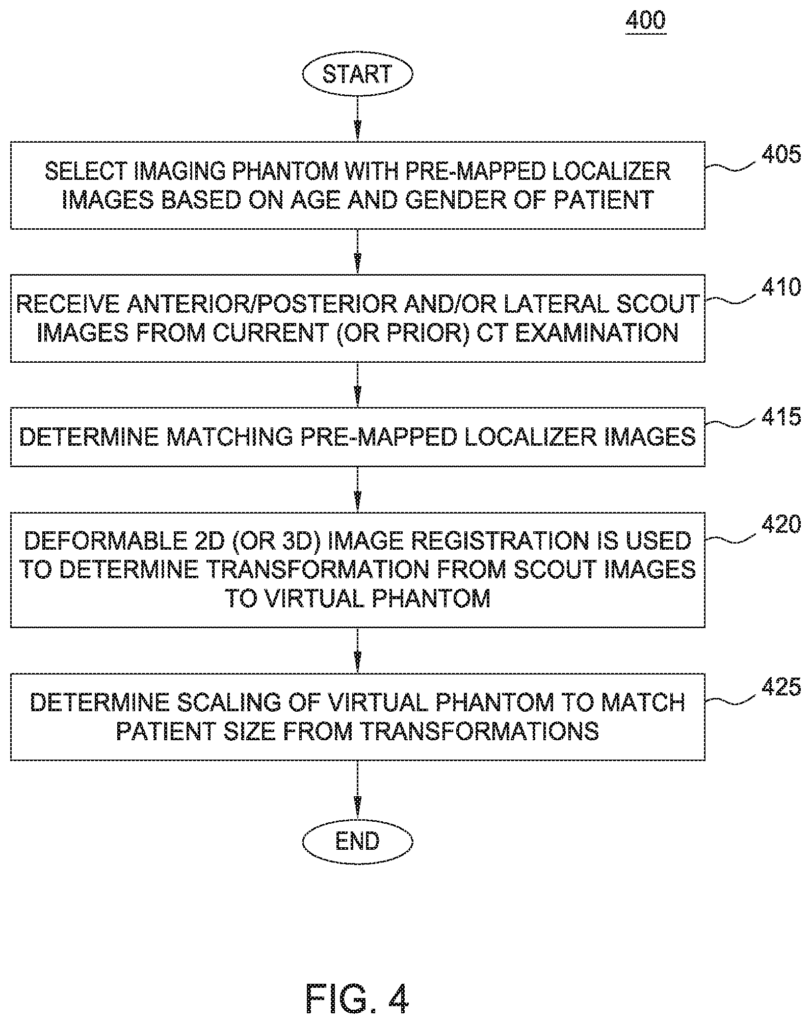
Click here to view the patent on Google Patents.
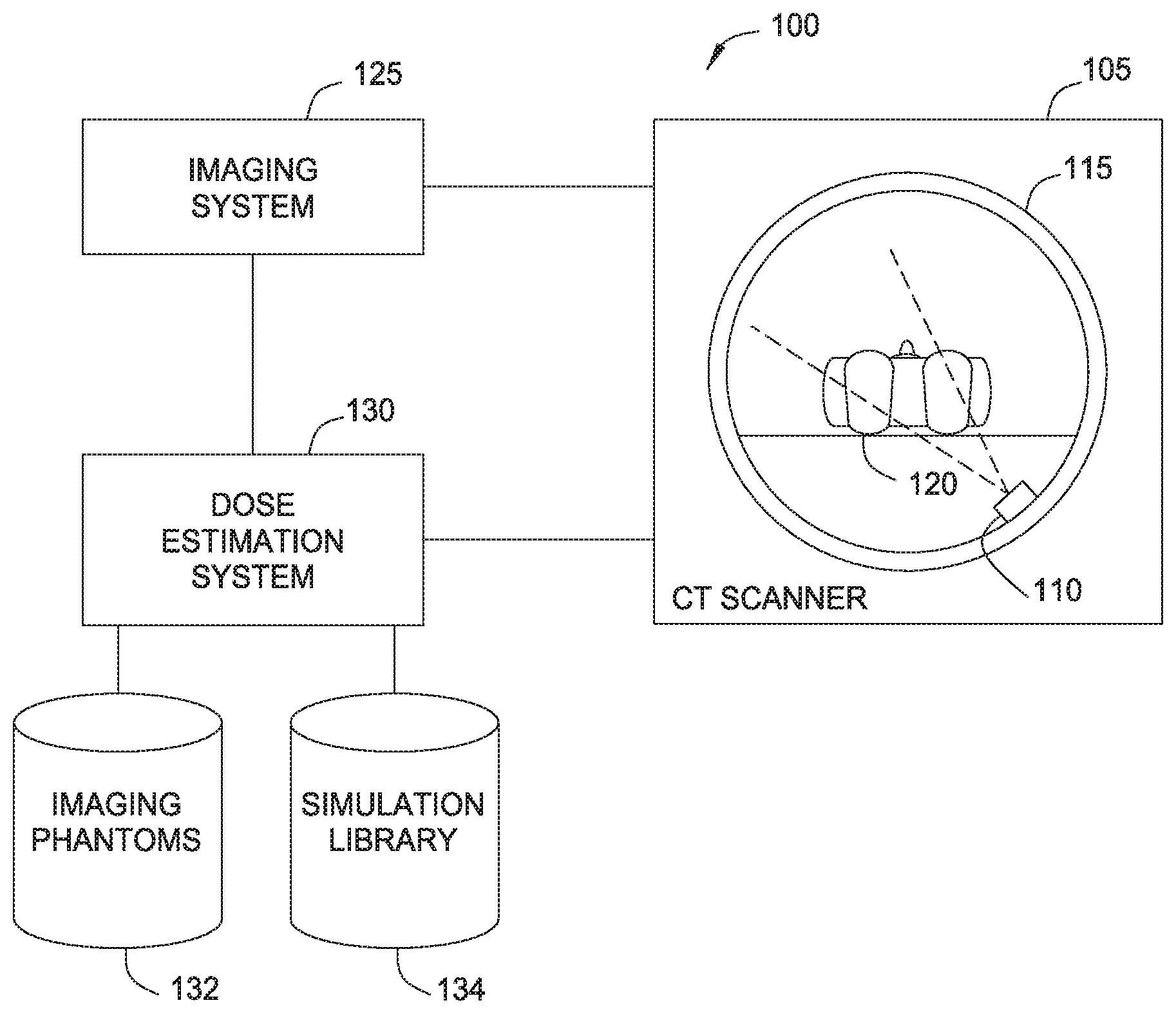
Leave a Reply